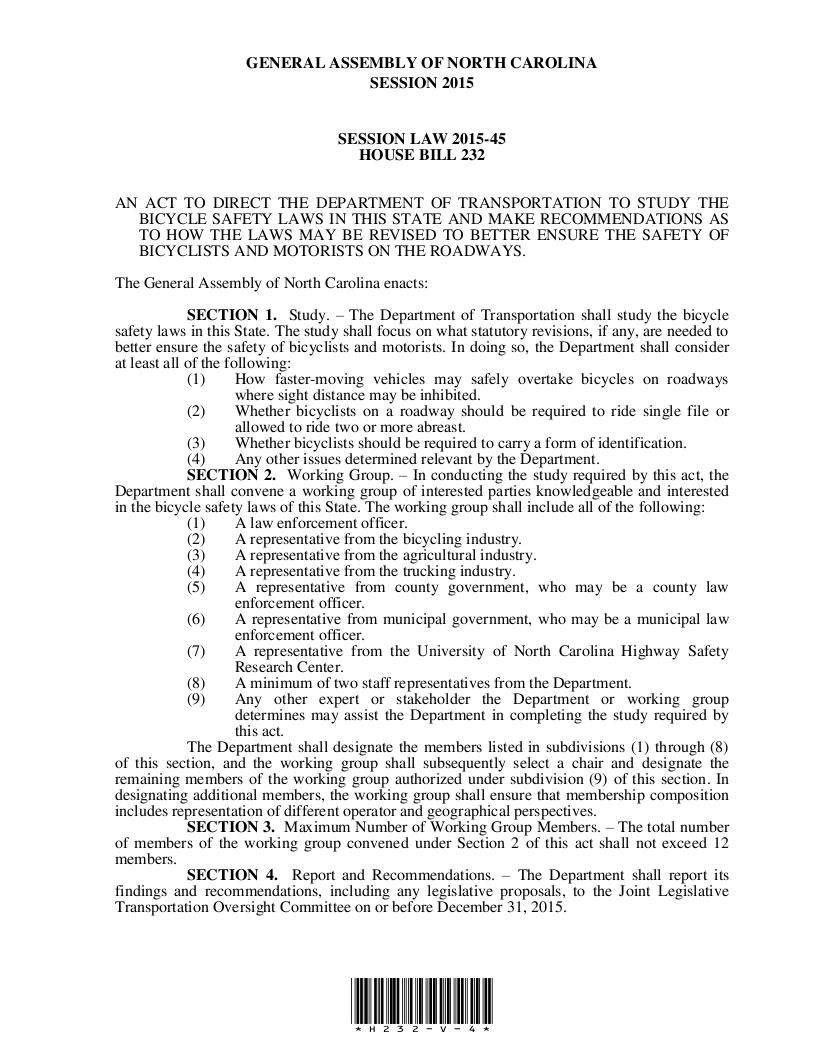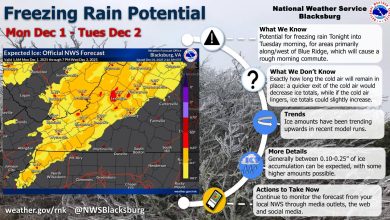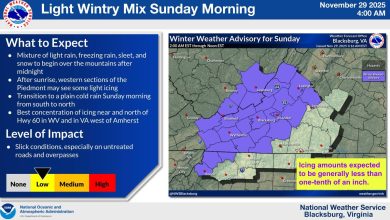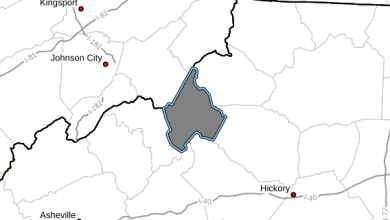Last Updated on June 25, 2015 2:55 pm
The first study of North Carolina bicycle safety laws in 37 years is now set to get under way. House Bill 232 passed both the North Carolina House and Senate, and was been signed by the Governor on June 2.
The measure directs NCDOT to make recommendations as to how the laws may be revised to better ensure the safety of bicyclists and motorists on the roadways.
Among the items NCDOT is ask to consider are:
How faster-moving vehicles may safely overtake bicycles on roadways where sight distance may be inhibited.
Whether bicyclists on a roadway should be required to ride single file or allowed to ride two or more abreast.
Whether bicyclists should be required to carry a form of identification.
In an interview with WataugaRoads.com the bill's main sponsor Rep. Chris Whitmire, R-Transylvania, says that North Carolina has measures in place already but they are minimally enforceable. There have been previous attempts to update bicycle laws, but Whitmire adds that special interest groups usually kill the measures before they can gain any support in the House or Senate.
He says that the overall intent is for NCDOT to lead a directed study of a working group of key stakeholders, defined within the Bill of NC Bicycle Safety Laws, and make recommendations for the General Assembly to consider during the 2016 short session. Whitmire started working on the measure in early 2014, and consulted with multiple parties including the NCDOT Division of Pedestrian and Bicycle Transportation.
Among the items in the bill a focus on the following are:
Passing cyclists safely
Cyclist riding single file or two or more abreast and conditions for such
Cyclist identification
Additional issues deemed relevant.
In talking about the cyclist identification part of the study Whitmire says that there are multiple reasons for this to be considered, mainly to allow law enforcement and EMS a way to identify cyclists involved in wrecks or mishaps.
Whitmire noted the increased popularity in recent years of Watauga County, the High Country, his home area of Transylvania County and the entire state in drawing bicyclists to either ride competitively or just leisurely.
The 12 members of the NCDOT Working Group will be interested parties knowledgeable and interested in the bicycle safety laws for North Carolina. The group will include a representative each from: the bicycling industry, the agricultural industry, the trucking industry, county government, municipal government, from the University of North Carolina Highway Safety Research Center, a minimum of two staff representatives from the Department, a law enforcement officer, and three additional experts/key stakeholders the Dept and working group deem valuable enough to include.
Whitmire notes that North Carolina is 543 miles from Murphy to Manteo with diverse demographics and geography, the collaborative effort will produce the best results and requires that different operator and geographical perspectives be included in the Working Group. He adds that “In the end, I want this Bill to better ensure roadway safety as commerce efficiently gets to market; motorists travel smoothly to and from; and cyclists and larger vehicles share the road safely.”
According to NCDOT each year in NC approximately 1,000 bicyclists are involved in police reported crashes with motor vehicles. On average around 20 are killed and an additional 60 are seriously injured. From 2010-2012 there were 28 bicycle police reported crashes in Watauga County.




















